Workforce
U.S. private sector space employment shows steady growth
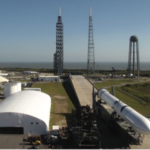
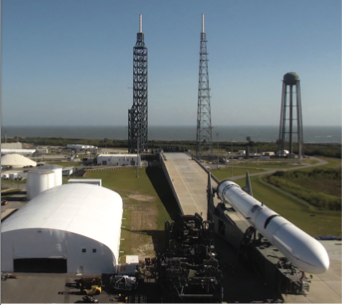
Monitoring trends in this workforce across private, civil, and national security sectors and examining changes in wages and location of employment provides insight into broader space industry dynamics.
INSIGHT: White House strategy key to future space workforce


It is the year 2044 and you have been assigned to help manage the extraction of rare earth elements (REEs) including neodymium, dysprosium, and europium from an approaching asteroid.
European Nations Lead with Space Workforce Growth from 2021 to 2022
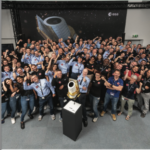
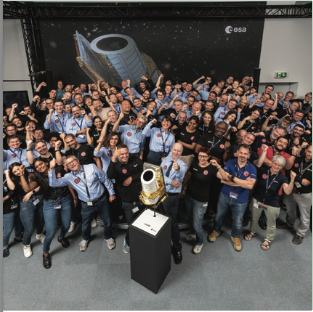
Trends in the size and composition of the global space workforce provide a lens into the health and trajectory of the industry. While many countries do not collect or release data on their space workforce, several major space actors, including the United States, Europe, Japan, and India, publish this information annually.
Space Employment Speeds Back Up Despite U.S. Labor Market Slowdown
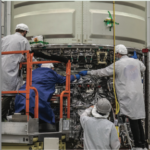
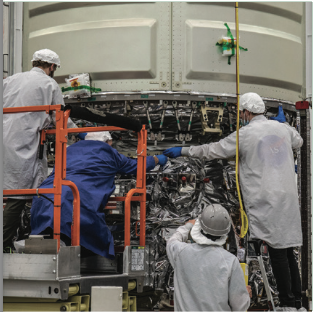
After a slowdown in hiring in the last half of 2022, U.S. space-related employment numbers through July 2023 are showing signs of recovery.
U.S. Space Firms Face Dilemma as Trade Student Numbers Sink
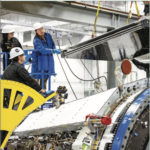
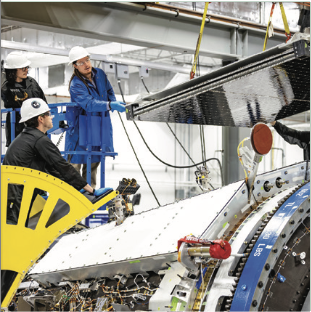
As the space industry works to mass-produce satellites and launch vehicles, space firms continue to struggle to acquire skilled labor.
U.S. Space Employment Continues Slow, Steady Climb Since 2016
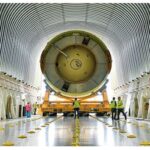
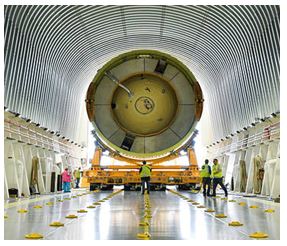
In 2022, more than 201,009 individuals worked in key sectors of the U.S. space economy, an increase of approximately 1% from 2021. Understanding trends in private sector and government space employment can provide insight into the health and future direction of the U.S. space industry.
America’s Top Aerospace States Battle to Keep Pace with Space Industry Growth While Attracting New Businesses

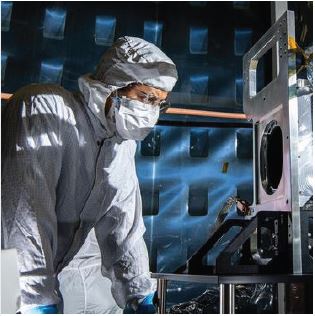 [caption id="attachment_13315" align="alignleft" width="300"] NASA included this picture with a social media plea for a worker to fill a post at its Goddard Spaceflight Center in Maryland. Credit: NASA[/caption] Introduction…
[caption id="attachment_13315" align="alignleft" width="300"] NASA included this picture with a social media plea for a worker to fill a post at its Goddard Spaceflight Center in Maryland. Credit: NASA[/caption] Introduction… Study Shows Steady Decline in U.S. Students Studying Engineering, Science


U.S. Space firms battling for workers in an increasingly tight employment market could face a bigger fight after five years of declining enrollment for engineering and science majors at American colleges and universities.
Cyber Workforce Development Will Require Cross-Sector Collaboration


The rapidly changing threat environment along with new and disruptive technologies are accelerating the space and cyber workforce needs of our industry. The skills employers value and rely on are evolving and subsequently creating a skills gap. What is being done to meet these new demands?
New Leader Takes Space Force Helm as Dangers in Orbit Loom


Pentagon leaders emphasized the growing importance of missions in orbit Wednesday as they welcomed the second general to command the Space Force. The new chief of space operations, Gen. Chance Saltzman, pledged to get his young service ready for war.